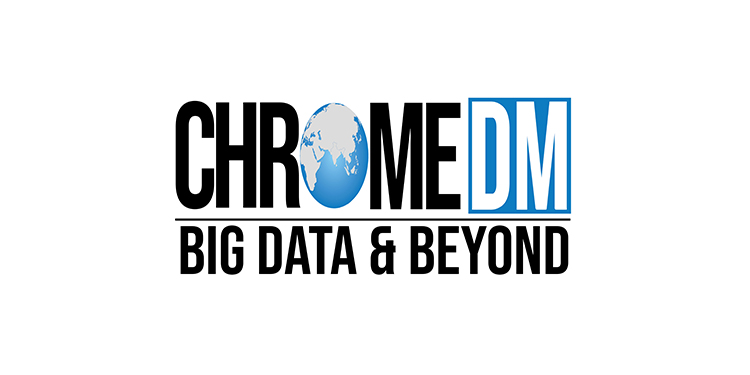Mumbai: Last few weeks have been phenomenal in the history of Indian Broadcasting on the viewership front. Midway through the lockdown, when the industry was bracing for loss due to stalled productions and postponement of events including IPL, television consumption saw an unprecedented 37% growth marking the highest viewership and time spent (in trillions) in the history of Indian television. This has been an unexpected shift. The crisis pushed up viewership to record levels, a complete reversal to what was predicted at the beginning of the outbreak. It is in line with the above that Chrome Data Analytics & Media, a Research Major, decided to increase its base from 53% to 100% coverage. Undoubtedly, this is the right time for broadcasters to invest on placement for more sampling as well to increase the loyal viewers, as people are co-viewing and there has been an exceptional shift.
The Big Data & Analytics Company announced its expansion across Rural India from 3,15,000 villages to 5,93,615 (there are 6,49,481 villages in India, according to Census 2011, the most authoritative source of information about administrative boundaries in the country. Of these, 593,615 are inhabited) on Tuesday, 28th April, 2020.
Chrome DM has been working on this project for over a year and a half now as there have been requests from broadcasters to know exactly if their channels are reaching in the deepest of rural India or not. As people learn to adapt from home and in isolation amid this lockdown, and entertainment is the only way to spend time, Chrome DM is pleased to announce the release of the same.

Pankaj Krishna, the Founder & CEO of Chrome DM, is really happy with the launch. “Last 11 years have been incredible. Since the inception we have moved from 100 to 3300 urban towns and 3,15,000 villages to 5,93,000 villages now. It’s a huge number, globally a big number. We launched rural sometime in 2015 and have come a long way ever since then. The data is finally ready. All systems are up and running, and set to demystify the missing pieces of the distribution landscape. The data will help broadcasters and OTT players in the years to come,” adds Pankaj.















